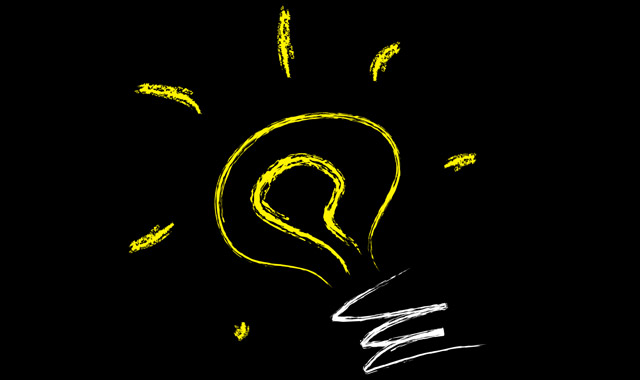
Eskom had a debt of R333bn at the end of last year, according to a written parliamentary reply by public enterprises minister Lynne Browne.
The power utility’s approved borrowing programmes in the 2015/2016 corporate plan was R237bn.
“Consequently, it is envisaged that the Eskom debt will exceed R350bn over the next five years,” Browne wrote.
The corporate plan made provision for the power utility to continue with the Medupi, Kusile and Ingula build programme that would add over 9,6GW to the grid.
Eskom would be able to carry on providing almost all the country’s electricity requirements through the acquisition of additional coal-fired stations.
“The future nuclear build programme will be dependent on an appropriate funding model being developed by Eskom and government,” she said in response to the questions by Democratic Alliance MP Malcolm Figg.
On 1 March 2016, energy regulator Nersa said it had approved an average 9,4% electricity price increase for Eskom for the 2016/2017 financial year.
It said no to Eskom’s request for a higher tariff increase to make up for unbudgeted costs of diesel during the 2013/2014 financial year, saying this had happened because of poor maintenance.
Eskom CEO Brian Molefe hinted that this attitude by Nersa might influence Eskom’s approach to keeping all the lights on if the grid started taking strain.
Nersa announced it would not grant Eskom the R22,8bn variance it requested for the costs incurred in the production of electricity in the 2013/2014 financial year. It has instead approved R11,2bn, which amounted to a 9,4% tariff hike for the 2016/2017 financial year.




